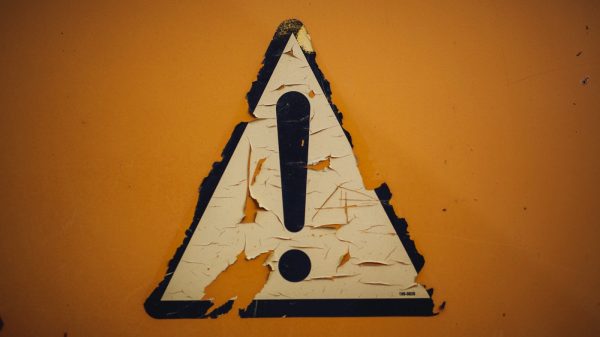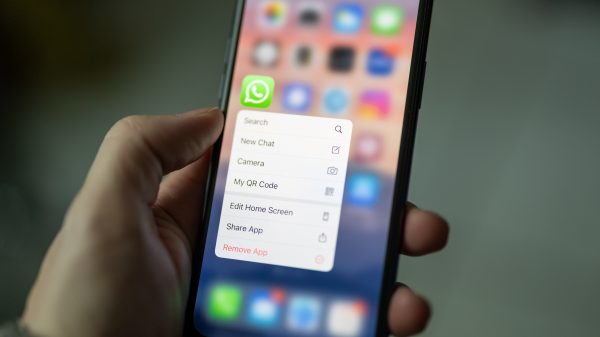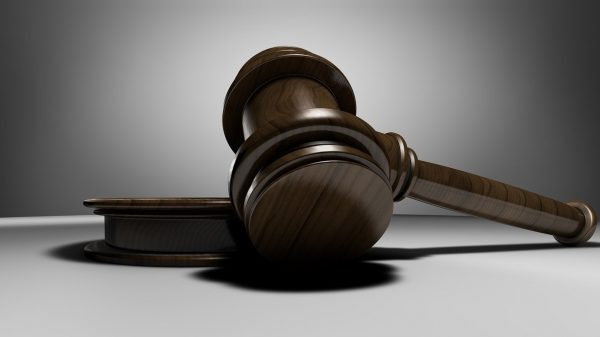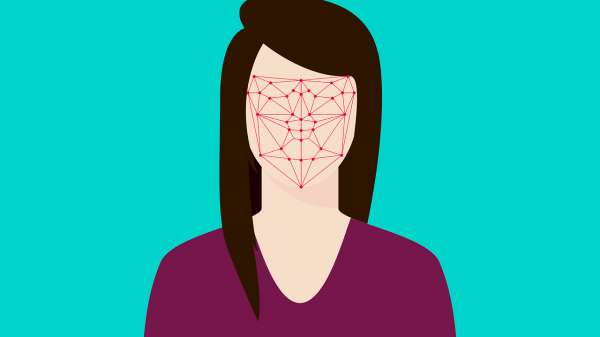After months of controversy, India’s Ministry of Electronics and Information Technology (MeiTY) has finally provided clarity on the Information Technology (Guidelines For Intermediaries And Digital Media Ethics Code) Rules, 2021, through a set of Frequently Asked Questions.
The 28-page document goes through various questions on the applicability, due diligence provisions, penalties, etc. of the IT Rules related to social media intermediaries; however, the ministry is expected to release another document on the Standard Operating Procedures for the Rules, Minister of State (MoS) for IT Rajeev Chandrashekhar said at a press conference on November 1.
Since their enactment in May, the IT Rules have been challenged in various courts and has also led to Twitter nearly losing its safe harbour status in India. In fact, soon after the rules came into force, five industry bodies wrote to MeitY asking for more clarification on the compliance requirements and norms dictated by the rules.
Important points laid down by the FAQs
Who qualifies as an intermediary?
The IT Rules had defined a social media intermediary as one that enables online interaction allowing users to create, upload, share, disseminate, modify or access information using its services. In the FAQs, the ministry further clarifies the phrase “enables online interaction” saying that such a platform should
(a) Facilitates socialisation/social networking, including the ability of a user to increase their reach and following, within the platform via specific features like “follow”/“subscribe” etc.;
(b) Offers opportunity to interact with unknown persons or users;
(c) Ability of enabling virality of content by facilitation of sharing. Virality, in this context, means the tendency of any content to be circulated rapidly and widely from one internet user to another.
It also adds that typically, any intermediary whose primary purpose is enabling commercial or business-oriented transactions, provide access to internet or search-engine services, e-mail service or online storage service, etc. will not qualify as a social media intermediary.
What should a takedown request contain?
Although the FAQs do not state the designated competent authority to issue content takedown orders or other matters related to the IT rules, something IT MOS Chandrashekhar said would be outlined in the subsequent SOPs, the FAQs do describe what a takedown request should contain.
(a) the platform specific identified URL(s);
(b) the law that is being administered by the Appropriate Government/ authorised agency and the specific clause of the law which is being violated;
(c) justification and evidence; and
(d) any other information (e.g., time stamp in case of audio/ video, etc.) as may be relevant.
This is a developing story that will be updated with more details related to the IT Rules FAQs
Also Read:
- Guide: All You Need To Know About The New IT Rules, 2021
- Summary: Information Technology Rules 2021, And Intermediaries And Social Media Platforms
- Summary: Information Technology Rules 2021 And Digital News Publishing
- Summary: Information Technology Rules 2021 And OTT Streaming Services
Have something to add? Subscribe to MediaNama here and post your comment.
I cover health and education technology for MediaNama. Reach me at anushka@medianama.com





























You must be logged in to post a comment Login